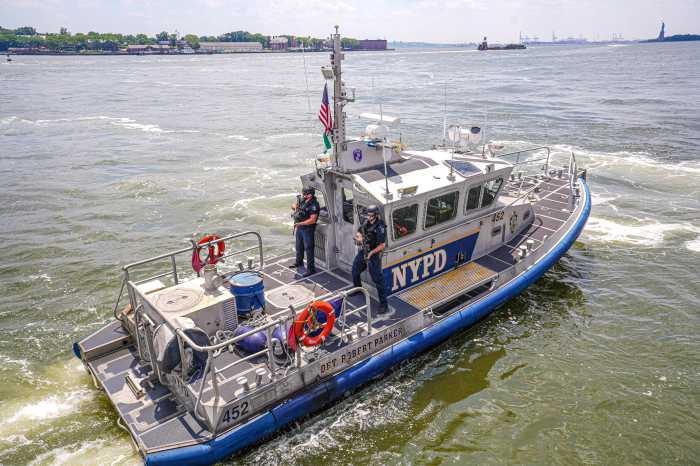The city’s response to the blizzard of 2010 came under intense scrutiny as members of the City Council blasted Mayor Michael Bloomberg’s administration at a hearing on Monday, January 10.
Bloomberg’s administration officials appeared on the testifying panel to apologize for their poor response to the storm that left much of Queens and other outer boroughs unplowed and impassable under nearly two feet of snow. They apologized for a series of missteps including a failure to enlist private plow contractors and the decision not to declare a snow emergency.
The testifying panel included officials from the Department of Sanitation, New York City Fire Department, Department of Transportation, Office of Emergency Management (OEM), firefighters’ union, auto mechanics’ union and the city workers’ union.
“The city’s response to this blizzard did not live up to the standards we set for ourselves or the standards the public deserves,” said OEM Commissioner Joseph Bruno.
Bruno and the rest of the panel placed the blame for their poor response on primitive technology and an overall lack of communication – both of which hindered their ability to clear key roadways throughout the five boroughs.
Simply stating what went wrong was not enough for some councilmembers. Peter F. Vallone, Jr. said that while he commends the administration for admitting to their mistakes, the oversights that accumulated during the storm are indefensible.
“Some of the mistakes that were made were inexcusable and were catalyst which set the system failure in motion,” he said. “We learned that the emergency command center was not established until 24 hours after the National Weather Service predicted a massive blizzard and that no emergency of any type was declared – without ever consulting the mayor.”
This slow reaction time caused snow-snarled streets, trapping residents in their home. One resident, Yvonne Freeman of Corona, awoke that morning with breathing problems. By the time emergency responders reached her – three hours after her daughter first called 9-1-1 – she was dead.
The incident is currently under investigation.
City Councilmember Jimmy Van Bramer asked Bruno and Deputy Mayor for Operations Stephen Goldsmith about the weaknesses in the chain of command and what internal communications efforts were made.
When Goldsmith admitted that he never asked his commissioners about the state of emergency, Van Bramer asked, “Why would you as the Deputy Mayor in charge of this entire response not think to ask the Commissioner of Sanitation and Transportation if they were declaring a state of emergency so that you could understand at least their reasoning for deciding or not deciding?”
The deputy mayor responded by saying “very good question,” and that he will change how he communicates with his commissioners during the next crisis.
In response to the criticism, the Bloomberg Administration released a 15-point action plan to address the problems with technology and communication.
The plan focuses on improving the process for declaring emergencies, equipping every sanitation truck with a GPS device enabled with two-way communication, monitoring trouble spots with live video, enhancing the deployment of city employees and critical equipment and providing better methods for citizens to request help.
Queens residents will have an opportunity to provide their public testimony on the city’s management of the blizzard at Queens Borough Hall on Friday, January 21 at noon.
Meanwhile, as another significant snow storm moved into the area on Wednesday, January 12, Governor Andrew Cuomo ensured resources and equipment were “at the ready” to clear roadways and respond to storm-related issues.
“With weather forecasts calling for a significant snow event across large portions of the state, we have taken steps to mobilize and coordinate our response with the appropriate state agencies in order to ensure a safe and timely cleanup,” said the governor, prior to Wednesday.































